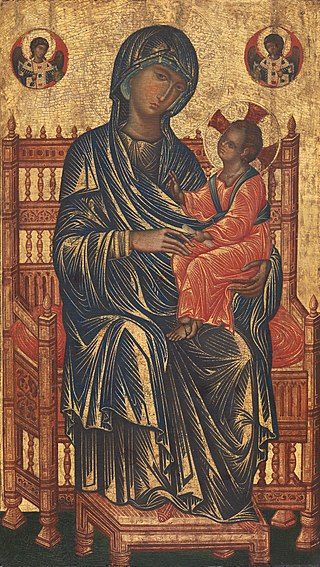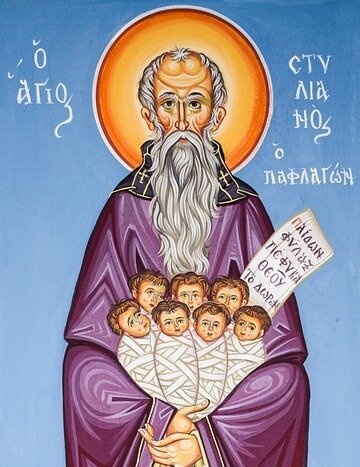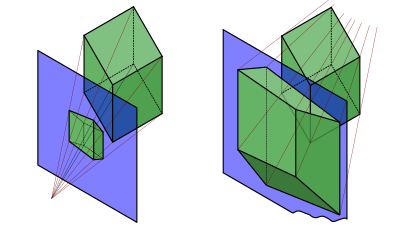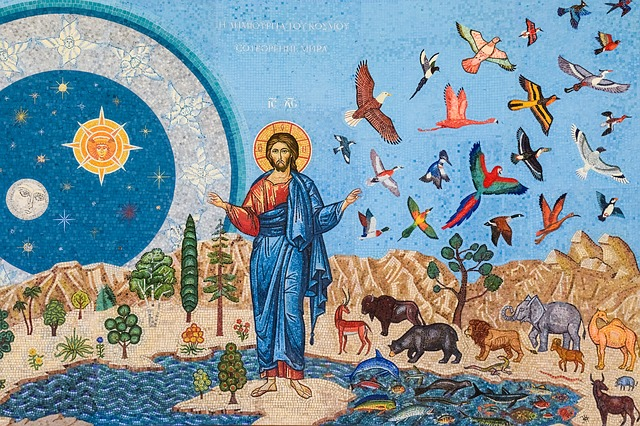Hope and Consolation in the Ancient Practice of Iconography
The Missio Dei blog is intended to provide space for a diverse array of voices, stories, and experiences from within and around our community. While we celebrate the ongoing journey of each beloved member of our community and contributor to our blog, the views expressed here do not necessarily reflection the positions, beliefs, or views of Missio Dei as an organization.
By Abigail O’Bryan
As we enter the season of Lent and closely examine the themes discussed in John 1 and Colossians 1, we are following some curiosity around the ancient practice of using religious icons in prayer and contemplation. In the first of a multi-part series, Abigail O’Bryan gives us a primer on the historical use of icons neatly tied into a personal reflection. Please stay with us in this space as we explore further into ideas around how the image of God is revealed in Christ and in our lives. - Ed.
I see a woman on her deathbed. A radiance glows all about her head and from her hand hangs an unfurled scroll declaring, “The fullness of joy is to behold God in everything.” She is moments from passing, but a smile rests on her lips. Despite my despair, I feel my lips beginning to mirror hers. This is an icon of St. Julian of Norwich, a painting that reminds me of a great woman of the faith. Her firm belief that God is redeeming all things has anchored me through the tumults of life transitions, crushed hopes, and the whipping winds of fear. She has had hope for me when I could muster none for myself. When I look at her picture, I am reminded of her words: “All shall be well, and all shall be well, and all manner of things shall be well.” I am challenged to live my life with more hope for the triumph of good. When I look into the face of that woman, I know I am not alone. There is more hope than I can imagine.
That is the power of icons.
I don’t come from a tradition that uses icons, so approaching them at first was intimidating and I quickly got bogged down in the heaps of symbols and unfamiliar saints-- not to mention the Greek. I kept at it though, because underneath all of that, I couldn’t shake the idea that they could be a door to another facet of our faith, a different access point to something spiritually deeper. I couldn’t ignore that they have been part of Church tradition for hundreds of years, but the value wasn’t readily apparent to me, so I left behind the list of symbols and saints and began with the core identity and purpose of icons.
At the most basic level, icons are pictures or sculptures of saints or an event in scripture. They express the gospel and they give us examples to follow. That’s what saints are, by the way-- people who walked with God on earth and whose lives are worth emulating-- and icons show us saints’ stories. When I see icons hung all around, Hebrews 12 rings out in my mind: “Therefore, since we are surrounded by so great a cloud of witnesses, let us also lay aside every weight, and sin which clings so closely, and let us run with endurance the race that is set before us…”
“When I look into the face of that [image], I know I am not alone. There is more hope than I can imagine. That is the power of icons.”
Icons have even been used by the saints who now have their own icons. Saint John Chrysostom would keep an icon of Saint Paul out for inspiration when reading his letters, and Saint Basil said, “With a soundless voice the icons teach those who behold them." 1,700 years later, icons are still teaching. They have stood the test of time and the value of icons was definitively defended in the Second and Seventh Councils of Nicea.
The goal of icons is simple and two-fold: to make the observer contemplate God & his Kingdom and to remind believers that they are not alone. Oh, isn’t that what you long for? A way to draw your mind into God’s love and be reminded that He works in the world? To know that someone else has struggled and persevered before you? That the path is narrow but well-worn? As pandemic, political strife, and injustice stretches on, my mind and soul have been desperately searching for this kind of reframing. To accomplish their goal, icons use art. They are theology in color, food for the visual learner. The origin of all icons is God made visible, God made material. The Incarnation. Just as the scriptures sing out the acts of God in the world, so do icons, using brushstrokes instead of words. They are the gospel in art form.
It was a relief to me to find that icons affirm the material world. The physical matters. But they don’t replicate people and events in a purely realistic fashion; rather, they depict the spiritual reality of the person or moment. I think of it a bit like a pop-up book. When we look at the people and the things going on around us without using the Holy Spirit, we only see the very surface, the flat picture-- and usually it looks very bad. But when we approach the world with eyes that are looking for the enmeshed workings of God, the Holy Spirit lifts up all the cut bits of paper so that a full, three dimensional picture is lifted up before us and we get to glimpse how good is triumphing even amidst evil. This holistic view opens up a realm of expansive hope, something we could all use more of. That holistic view is what icons point us to: how the physical world and the Kingdom of God are intertwined. Each icon is carefully designed to communicate the redeemed, transfigured reality of their subject so the material can be understood in light of the spiritual.
“I think of it a bit like a pop-up book...When we approach the world with eyes that are looking for the enmeshed workings of God, the Holy Spirit lifts up all the cut bits of paper so that a full, three dimensional picture is lifted up before us and we get to glimpse how good is triumphing even amidst evil.”
To better understand their intended meaning, it might be useful to look at some of the common ways of conveying deeper meaning through artistic choices in icons. In art, regular perspective dictates that closer objects look larger and farther objects look smaller, whereas inverse perspective reverses this dynamic. There’s plenty of speculation as to why this style is used in icons, but, personally, I understand it this way: icons are about God’s perspective. My viewpoint is subordinate to God’s and icons pull me out of my own earth-bound way of looking at things.
In another reversal, the light source in icons doesn’t come from the outside and shine on the subject, like it does in almost every other art style. The light comes from within. It is God’s shining, transforming love that lights the people from the inside. Halos are also common, but they aren’t put there to mark someone’s legendary status or separate you from a much holier person; Halos are the mark of the Divine Light that comes from a life lived with God.
Icons are a call to come higher, to shift perspective, to be comforted and challenged by those who have gone before and, despite all the troubles, live a life with God while walking in the very real world. So enter in. You are not alone. There is more hope than you can imagine.
